- sort orderDefault
Photo title, A → Z
Photo title, Z → A
✔ Date created, new → old
Date created, old → new
Date posted, new → old
Date posted, old → new
Visits, high → low
Random - Google Map
- map
 home / Insecta · vabzdžiai / Coleoptera · vabalai / Staphylinidae · trumpasparniai / Philonthus · trumpasparnis
home / Insecta · vabzdžiai / Coleoptera · vabalai / Staphylinidae · trumpasparniai / Philonthus · trumpasparnis

-
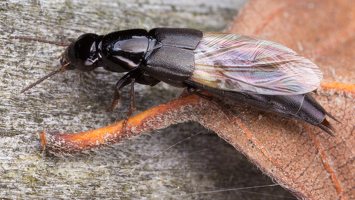 Philonthus sp. · trumpasparnis
Philonthus sp. · trumpasparnis
-
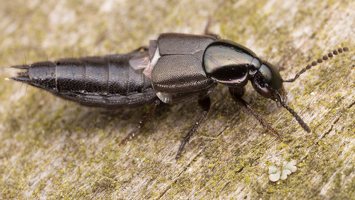 Philonthus sp. · trumpasparnis
Philonthus sp. · trumpasparnis
-
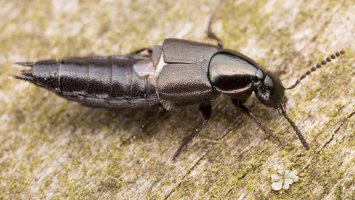 Philonthus sp. · trumpasparnis
Philonthus sp. · trumpasparnis
-
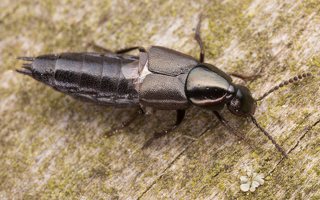 Philonthus sp. · trumpasparnis
Philonthus sp. · trumpasparnis
-
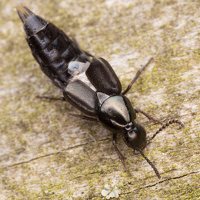 Philonthus sp. · trumpasparnis
Philonthus sp. · trumpasparnis
-
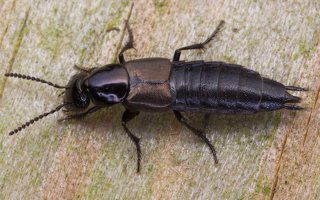 Philonthus sp. · trumpasparnis
Philonthus sp. · trumpasparnis
-
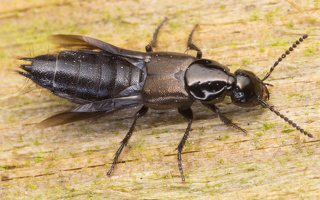 Philonthus sp. · trumpasparnis
Philonthus sp. · trumpasparnis
-
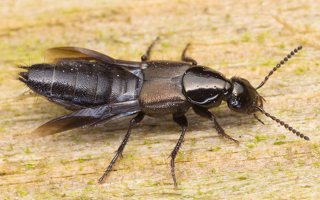 Philonthus sp. · trumpasparnis
Philonthus sp. · trumpasparnis
-
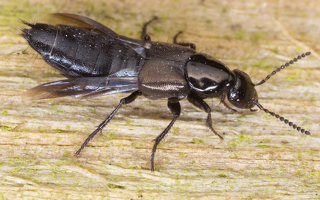 Philonthus sp. · trumpasparnis
Philonthus sp. · trumpasparnis